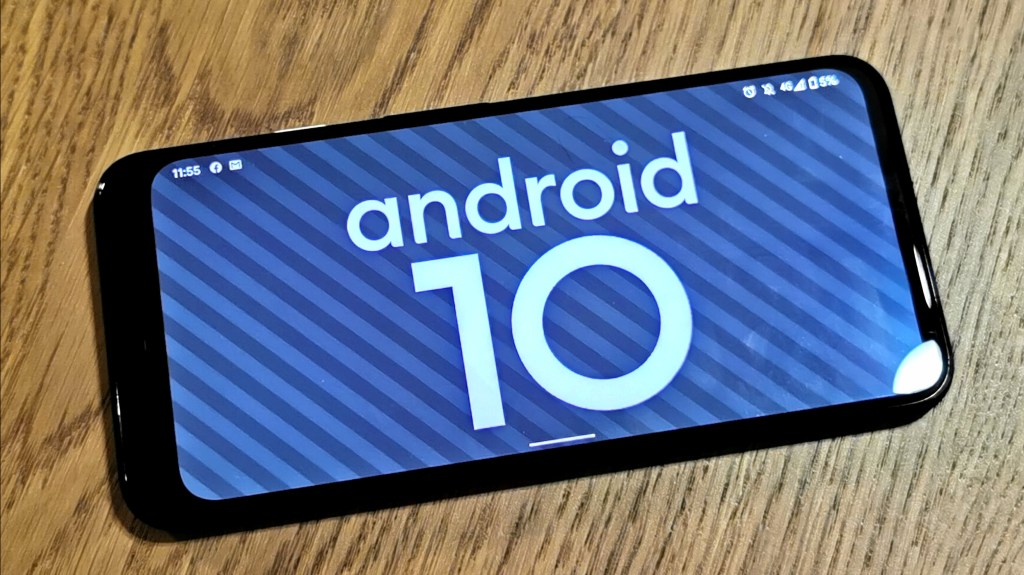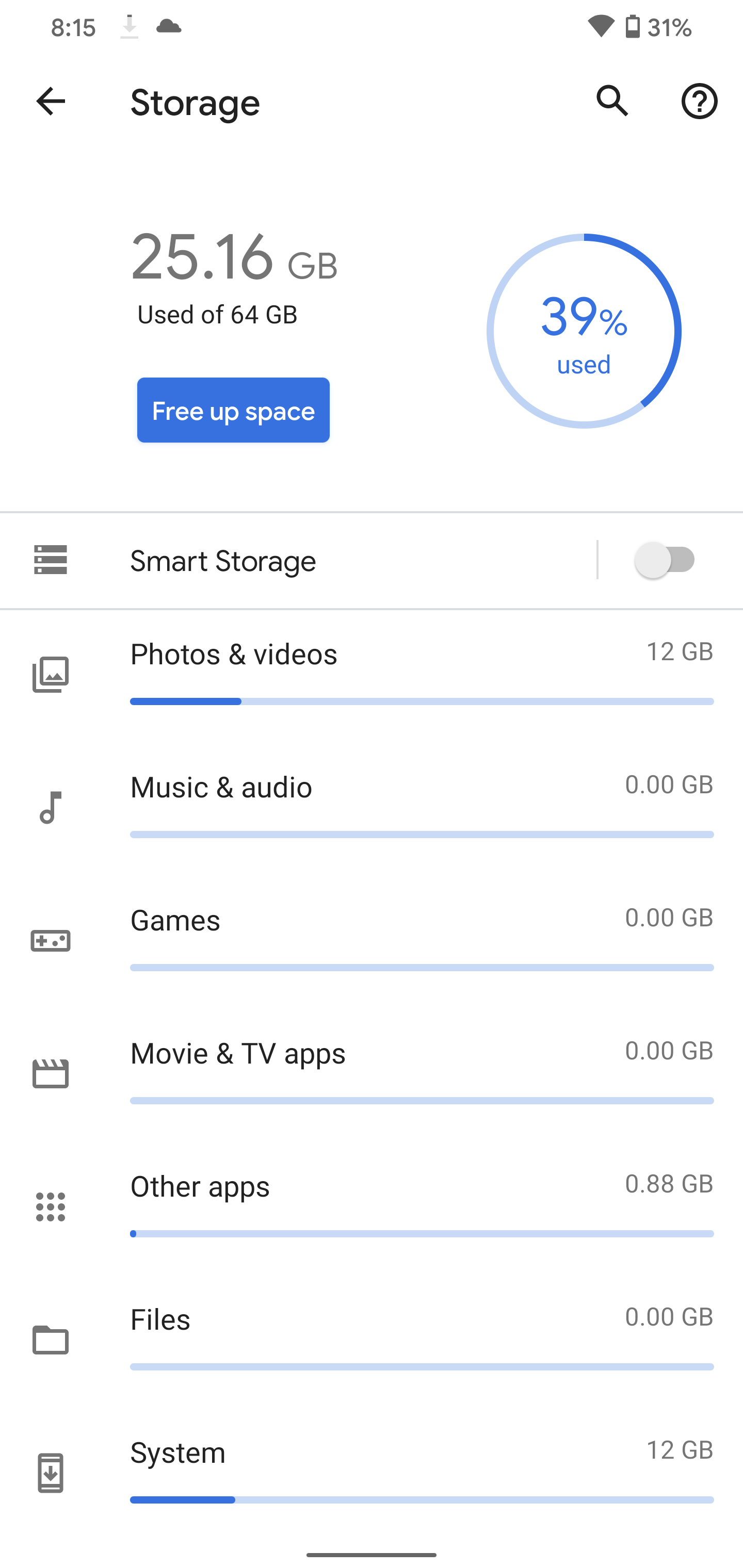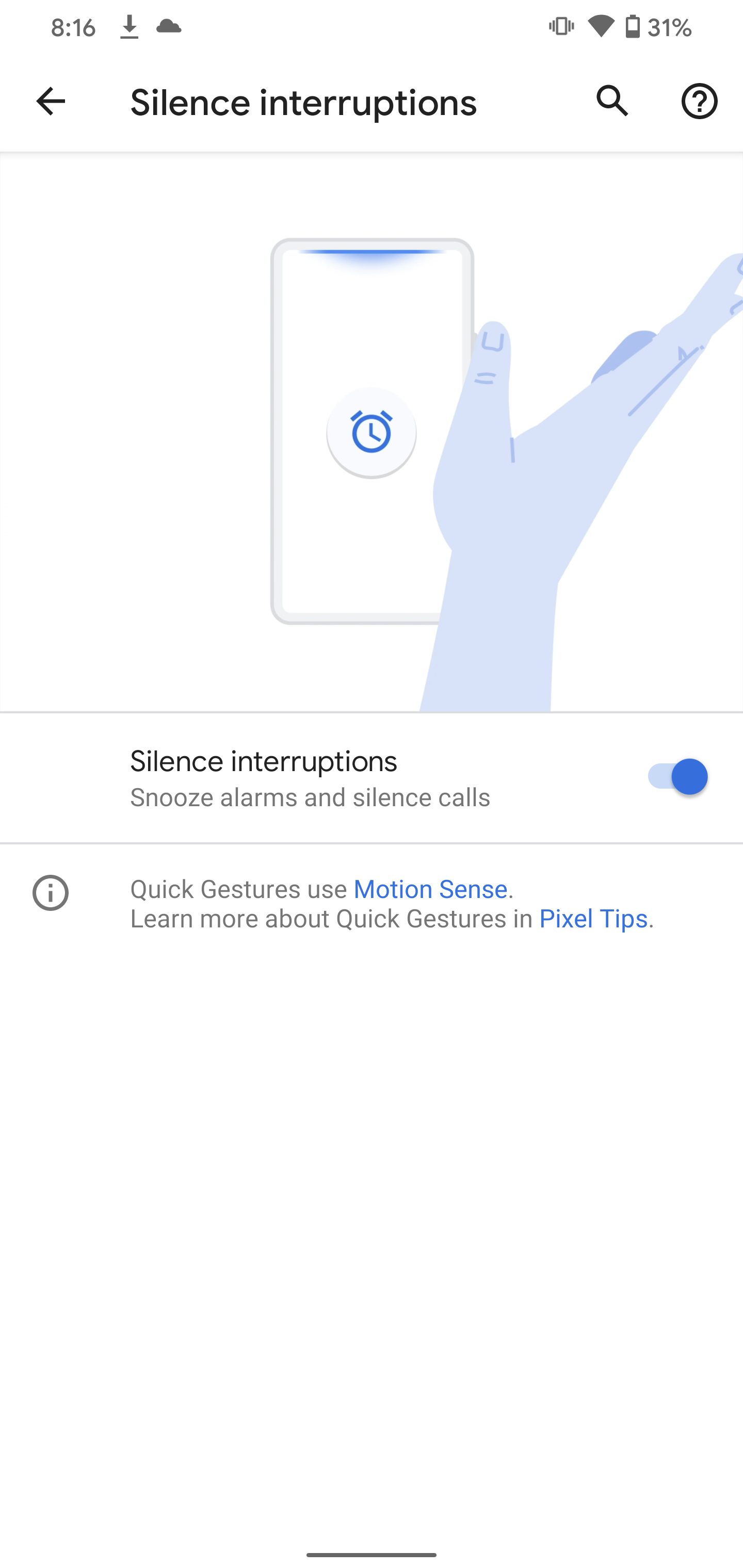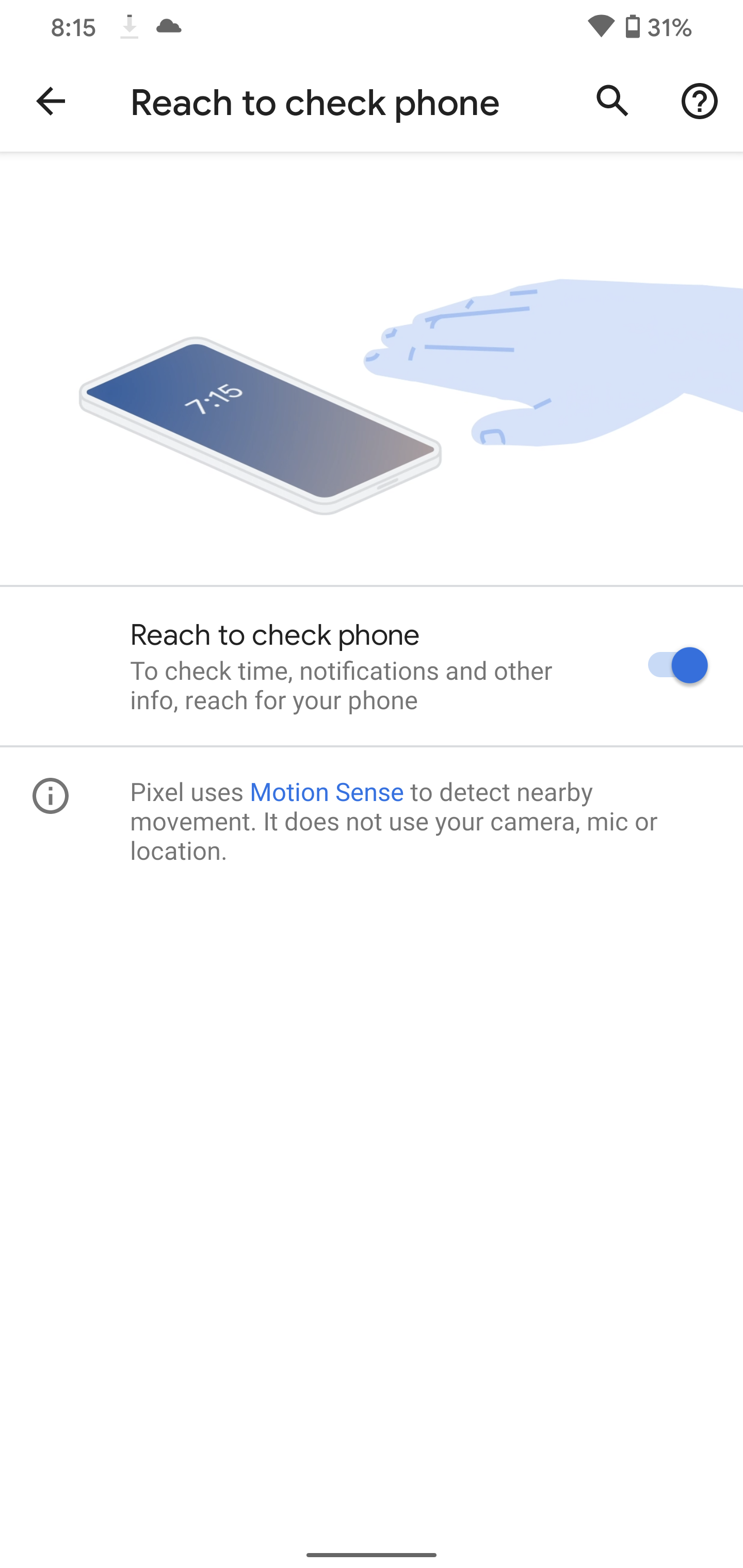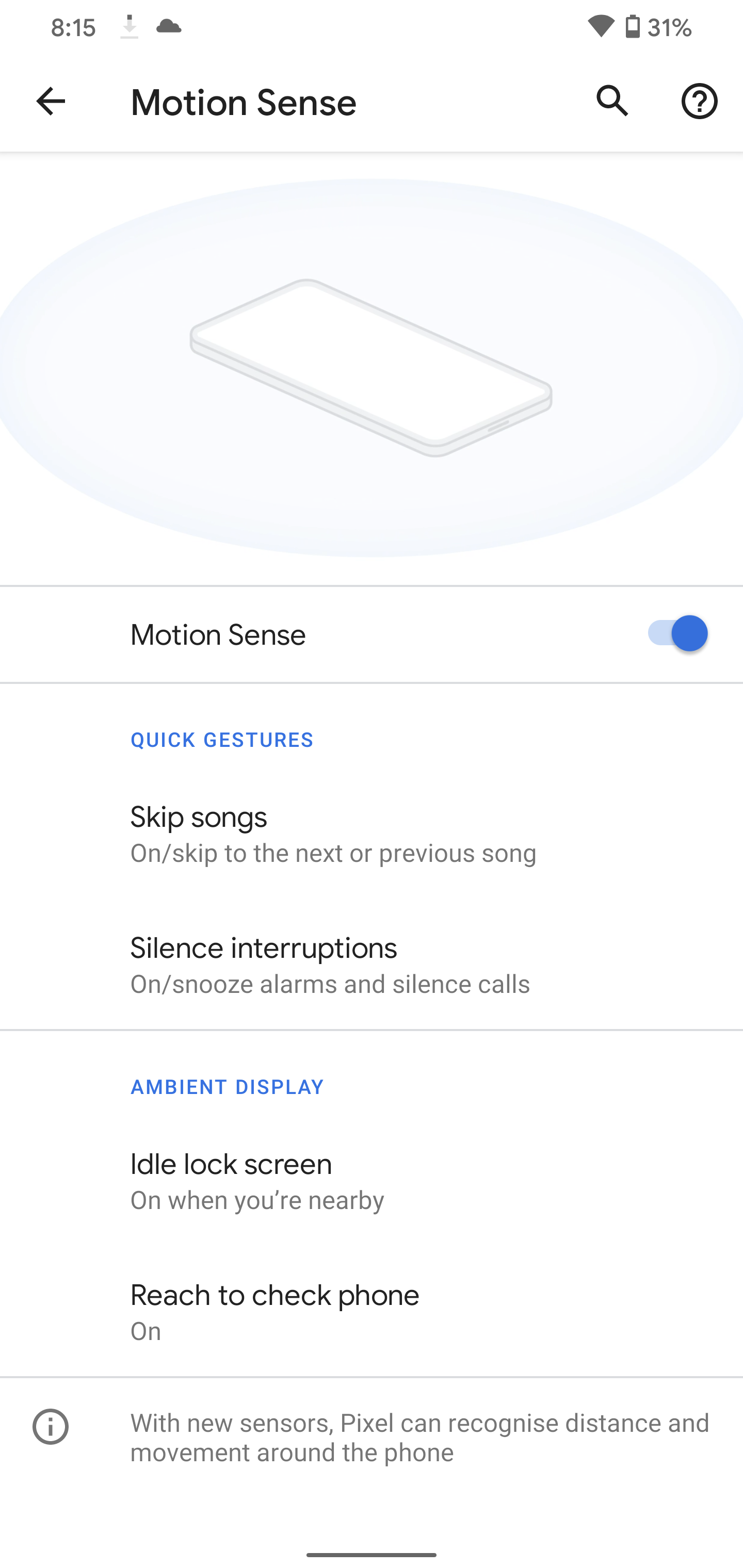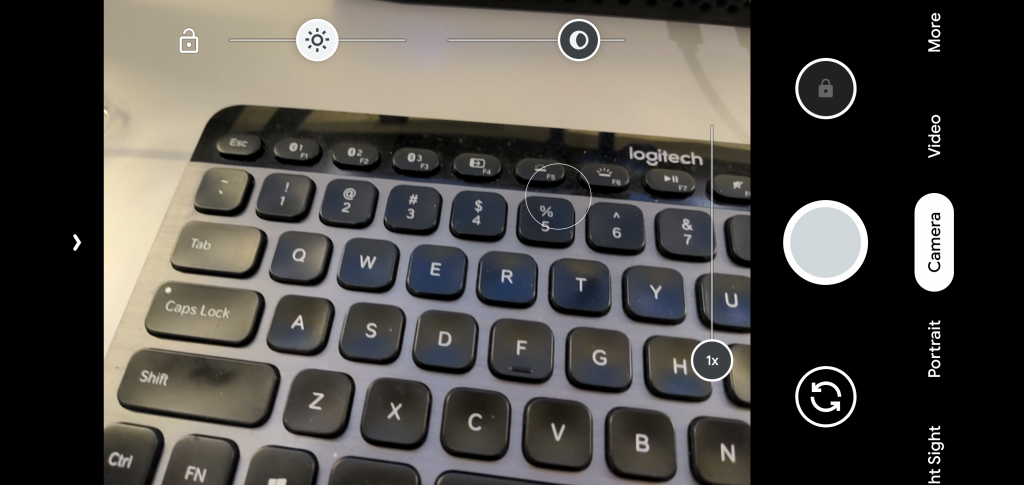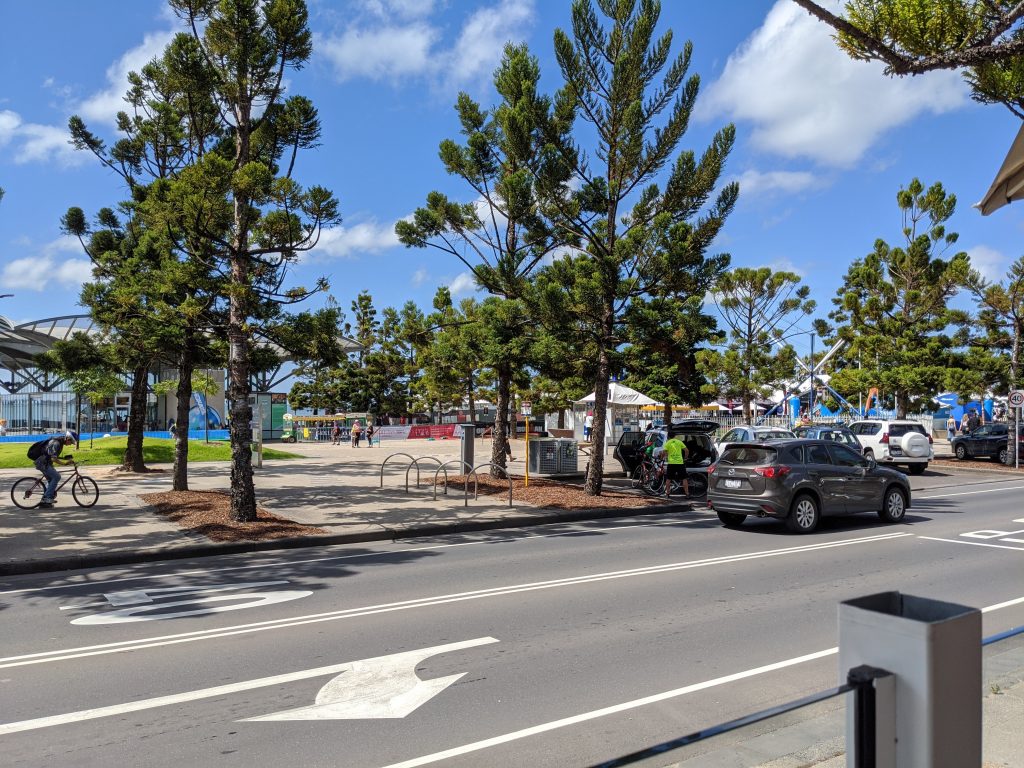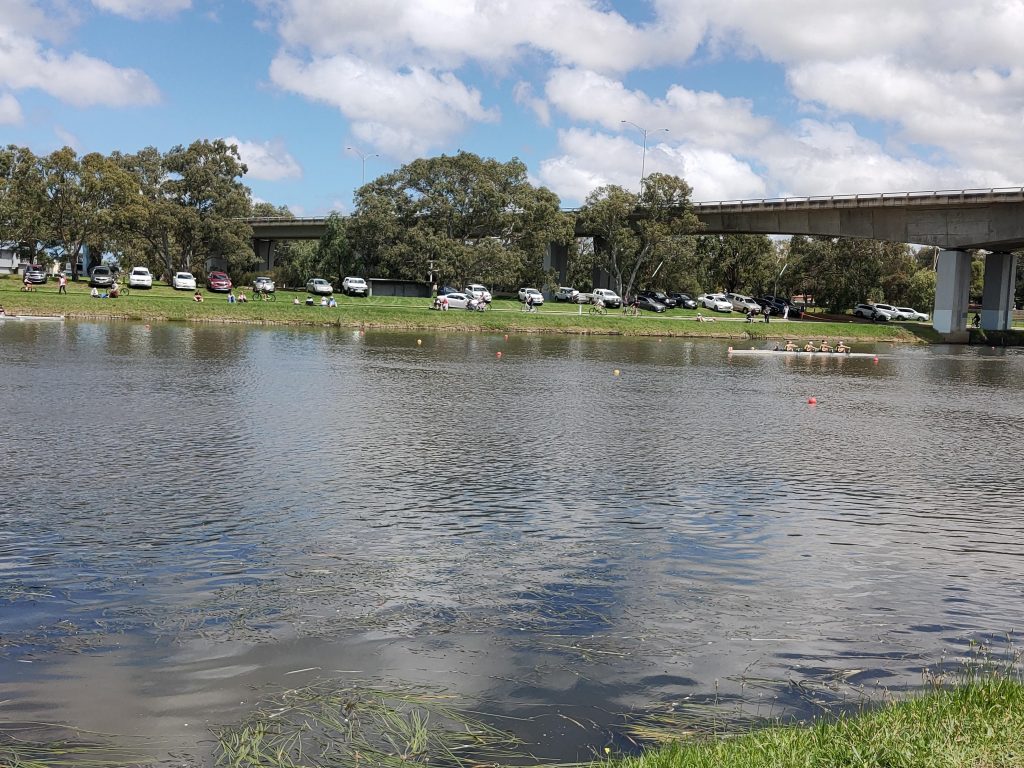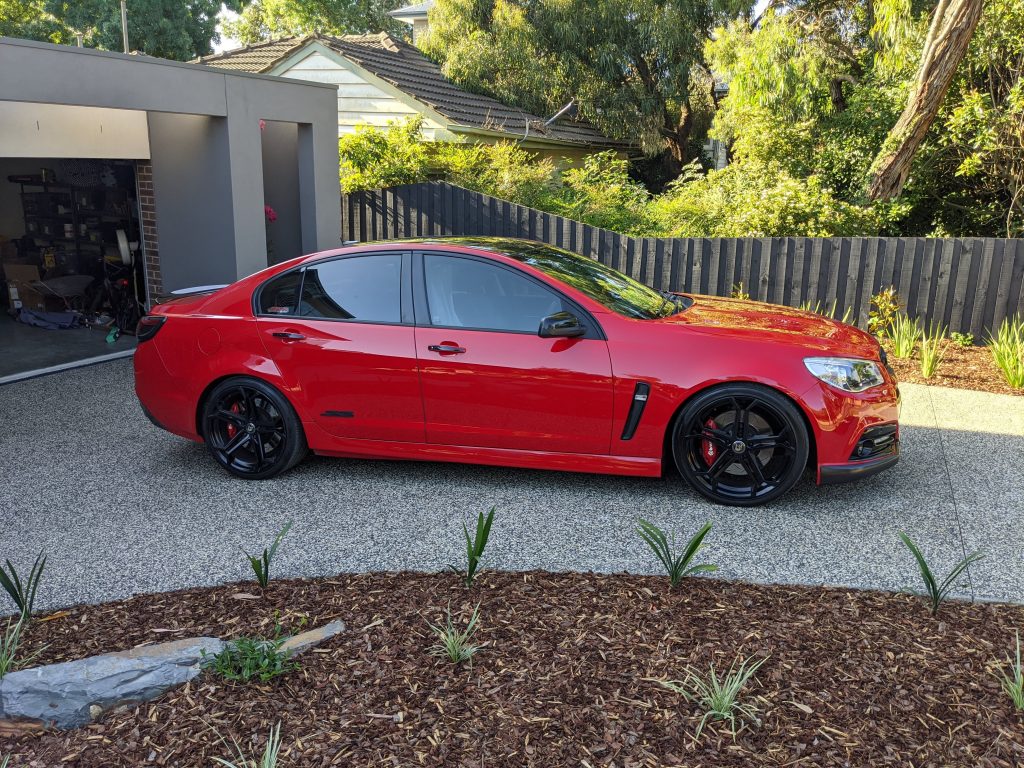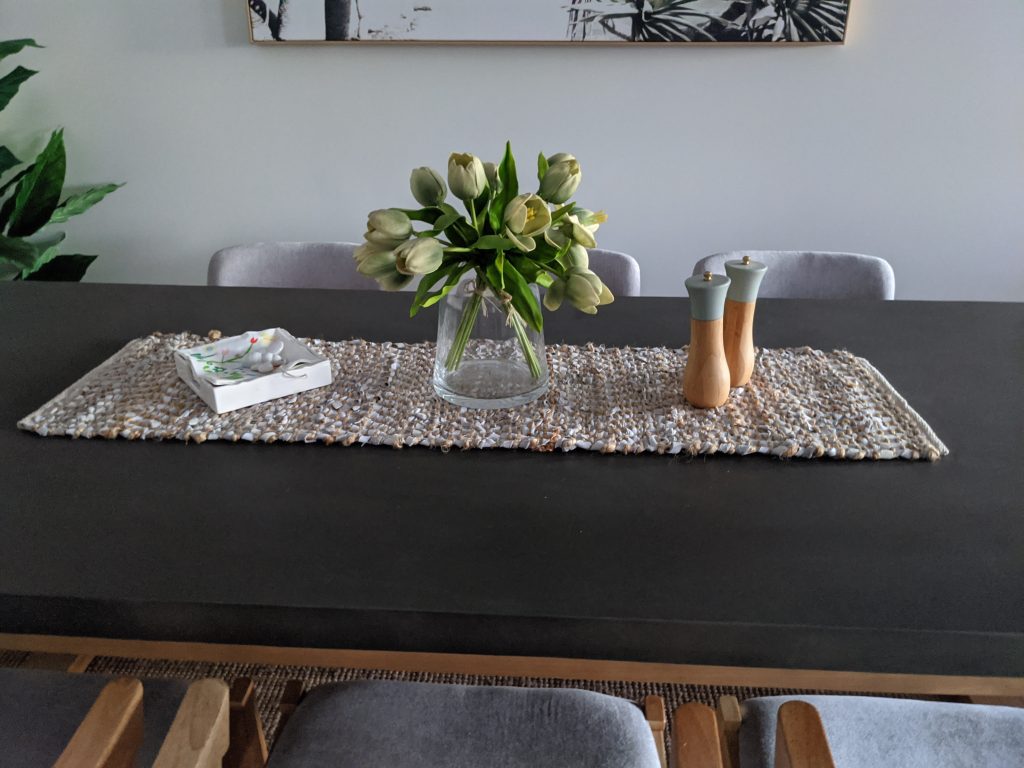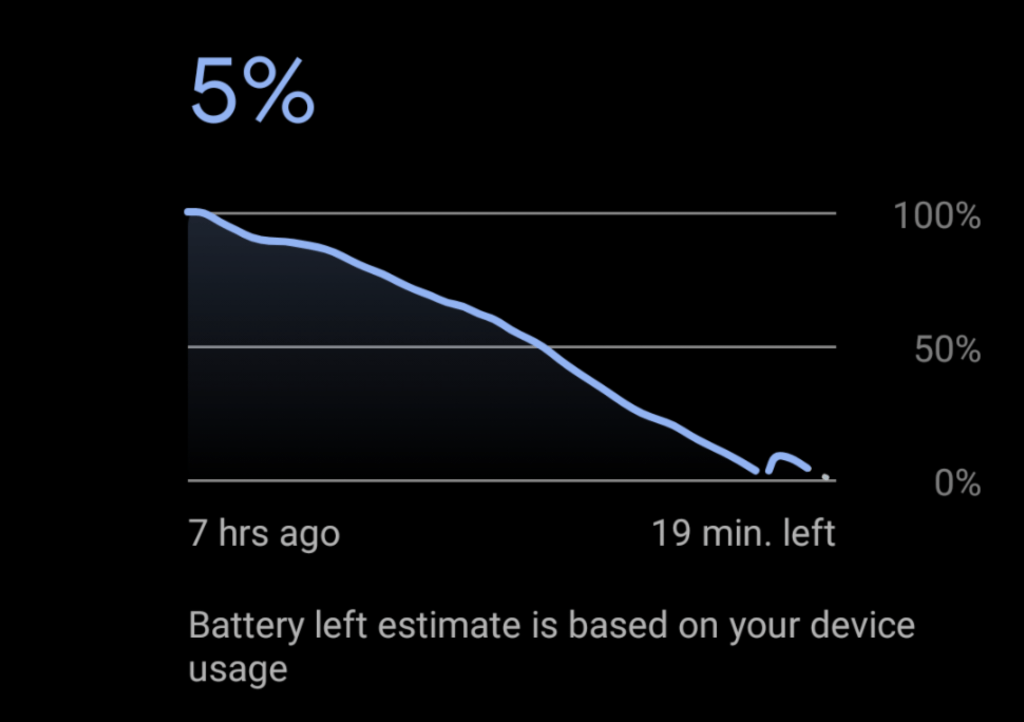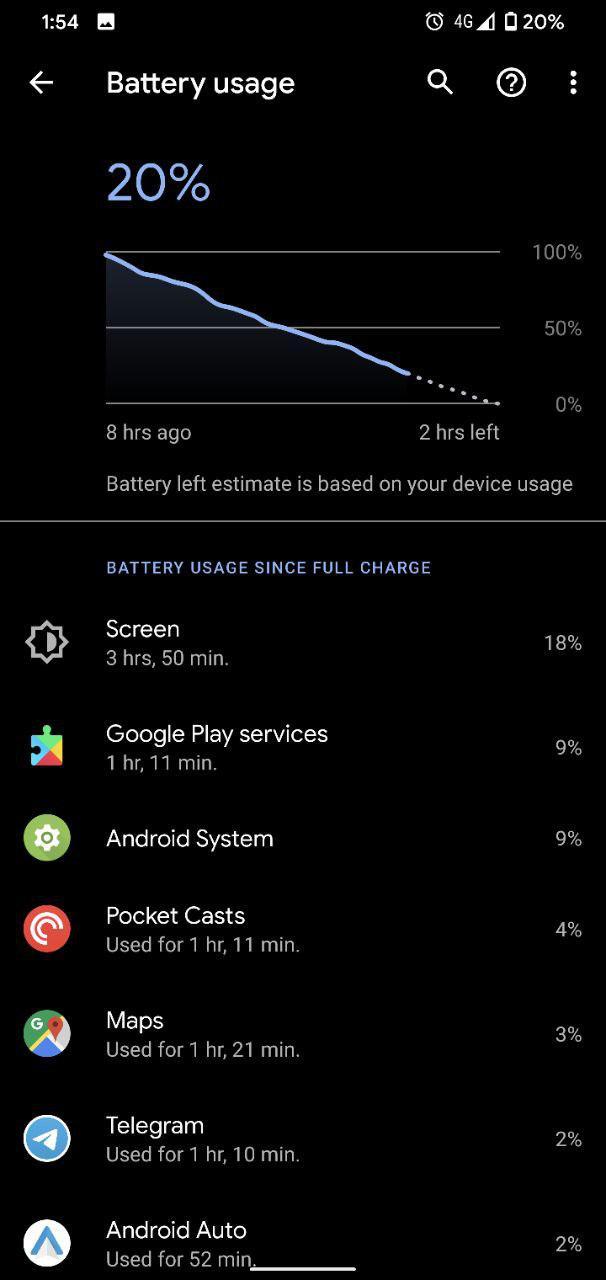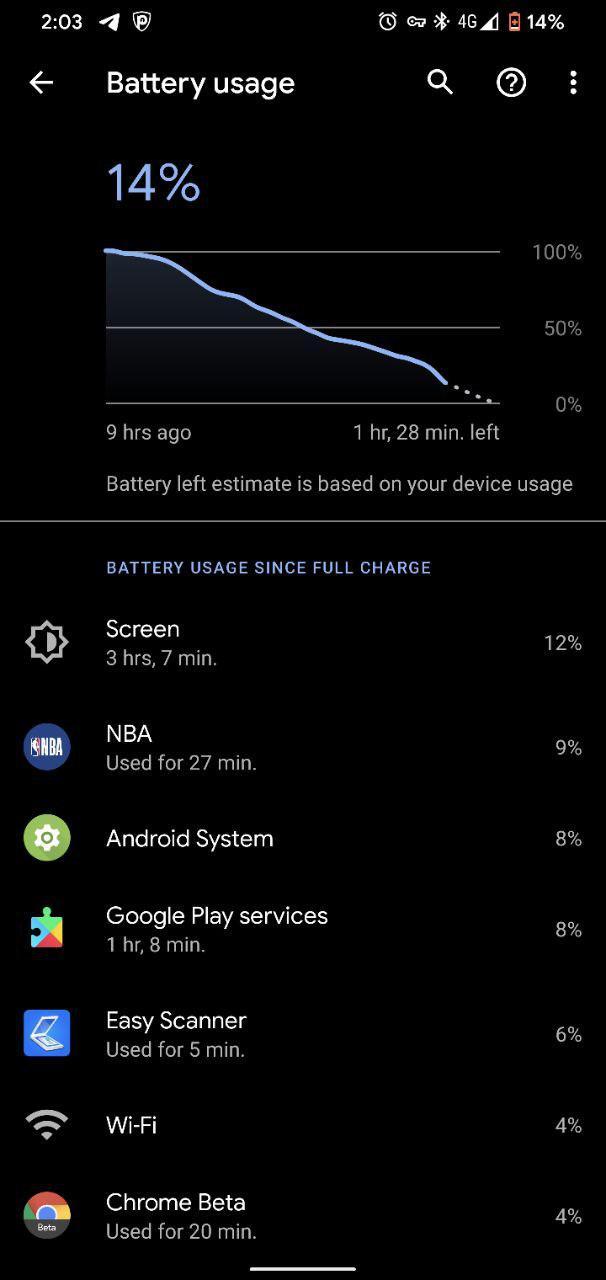The Pixel 4 was received with mixed reception when it launched back in October of last year. I used the Ausdroid review unit for the first month but ran into a few roadblocks with it. Now they have been cleared it was time to put it through its paces and see how it fares 4 months on.
After using the Pixel 4 XL for the next few weeks I can say that it’s bad reputation and bad rap it received were not entirely justified – in my opinion.
It just works
My house is almost purely controlled by Google Assistant which makes it difficult when a phone does not respond easily to Google Assistant commands. The Pixel 4 XL is Android just how it should be. It just works.
We have heard that before haven’t we? Apple have said it time and time again – their specs don’t matter because it just works. I feel that Google can say that for the Pixel 4 XL (as a general rule) and that is what they are trying to do, having told us that they are making the Pixel phones for 80% of their users — not necessarily us.
No matter where the phone is I can easily say the trigger word and the phone will respond and do what I want it to – every other phone I have used normally asks for you to unlock the device before executing the commands. The software, it just works.
There are no issues with apps not running correctly or with silly overlays being placed in the status bar to indicate hotspot being turned on or accessibility being used. Every single app will work just how the developer has coded it to work.
Don’t forget about the updates too. Aside from the glitch with my review phone every Pixel 4 receives not just security updates but phone software updates every month. There are very occasional delays of a week or so – well, it happened once in December but there were a lot of bug fixes to test out before rolling out widely.
Doesn’t the hardware hold it back?
Although the Pixel 4 XL has just 6GB of RAM and most people, including myself, remain mystified why Google continue to under-spec their devices with respect to RAM and storage memory (compared to every single other manufacturer of premium smartphones) it still works.
There are occasionally issues with not enough apps being retained in memory due to the lack of RAM but that is an edge case anyway. In my day to day use, and I am a heavy user, I did not notice too many issues with the RAM. There were issues occasions when using the recents / multitasking gesture – it would occasionally hang for a second or two and I suspect this is caused by the lack of RAM.
As for the storage volume I cannot see any reason at all why any manufacturer would only put 64GB of memory in a smartphone — and yet Google have done that. Sure you can pay even more and get the 128GB model but 128GB is the base model for every single other premium smartphone — why not Google?
We get that Google want everyone to live in the cloud but you can very quickly run out of space. I got the nearly out of space this morning after downloading the YouTube video of the Kobe memorial to my phone – rather than streaming 2GB of it during the day.
Let’s hope that Google stick more than 64GB in their base model flagship this year – not that many people go for the higher end model given the price increase. The Pixel is already an expensive phone, no one wants to make it even more expensive.
Motion Sense
Recently we have seen another motion gesture arrive in the Android 11 Developer Preview but it is still very very much a feature that should have remained in beta. The first day I went back to using the Pixel 4 XL I was able to swipe in front of the phone to get it to snooze an alarm – it was accidental. Ever since I have not been able to get it to snooze using a gesture. Not a single time.
That is the main criticism of the Motion Sense gestures – they are too inconsistent. It is extremely difficult to get the gestures to work as designed consistently. Not only that but the gestures are often not much use. The lack of a decent amount of gestures or options for gestures is something that should be looked at before placing the Motion Sense hardware in a consumer phone next time.
Motion Sense is also meant to help with unlocking the phone, sensing when you are near the phone and bringing up the face unlock icon as you pick it up and this generally works well. But what if you are already carrying it? Lifting it up to your face in that situation does not bring up the face unlock icon and instead the power button is required – unless you jerk the phone, a steady lift will not trigger face unlock.
Such a feature should be in a developer’s or just a prototype phone. That is not how Google are positioning the Pixel line. They are positioning it for the 80% of the population who do not care about the finer points of tech and are super enthusiasts like us.
I love the idea and was extremely excited for it but after using it am a bit underwhelmed. It has a lot of potential but just is not there (yet?).
This is a feature that has totally changed the design of the phone, going back to the relatively large bezel at the top of the phone. I’m not sure it was worth the design changes needed to accommodate it. Maybe this year it will be ready with a lot more functionality that not only works consistently but is useful in everyday life.
The camera is still exceptional
DxOMark may not have rated the Pixel 4 XL camera very high (only 112) and I think I know why. DxOMark is now irrelevant. Manufacturers are gaming the system. They are making their smartphones good at exactly what DxOMark are looking for and often belies how it operates in real life for the average person.
Case in point – the OnePlus 7 Pro. It scored a whopping 114 which at the time was one of the highest scores but real world users complained a lot about the camera to which OnePlus subsequently have released many updates – users are still not entirely happy with the result and as such the Google Camera ports have a large following in the OnePlus community.
The Pixel 4 XL camera on the other hand is outstanding with Google making the camera for how people use it — not for some imaginary benchmarking system that is meant to decide the best of the best. Everyone who has used it in real life says it is excellent and says so for a reason. Its hardware is nothing special – it lacks an ultra-wide angle lens – and yet it continues to consistently produce some of the best photos around. Why is that? Computational photography.
Google’s camera software is outstanding. There is a reason everyone tries to port their camera app to non-Pixel phones. The post processing of the photos has AI/ML to thank for a lot of it and that is a good thing. Colours are accurate, there is no over processing of images and the exposure is spot on.
The dual slider brightness/contrast real time control Google introduced in the Pixel 4 viewfinder adds to this exceptional experience. I am extremely happy with the Pixel 4 camera and you will be too.
Battery life is no longer the elephant in the room no one will discuss
To put it mildly, the Pixel 4 XL battery life is junk. In the past month I have used a Pixel 4 XL, a OnePlus 7 Pro, a realme XT (a $500 phone) and an OPPO 10x Zoom and aside from the Pixel 4 XL I have extremely rarely had to charge the phone during the day.
I do a lot of streaming these days, watching a lot of NBA and YouTube during the day. Most phones can handle it easily but not the Pixel 4 XL. It barely lasts ¾ of the day and I find myself having to charge it every single day, around 2pm. Sitting it on a wireless charger when not in use at work helps but unless it is a Google-certified charger it will only charge at 5W.
OPPO are about to release a phone into Australia with 30W wireless charging – tell me Google didn’t hold back with their hardware when making the Pixel 4 XL.
The hype over the poor battery life on the Pixel 4 is unfortunately so very real – and my experience is with the Pixel 4 XL, not the Pixel 4 which has an even smaller battery and apparently an even smaller battery life.
So do the positives outweigh the negatives?
What do you think?
For me the main negatives are motion sense being as useful as a glass door on a dunny (which really doesn’t affect me in the slightest – jut turn it off), the lack of RAM (occasionally ran into issues but only very occasionally), the lack of storage (OK Google, I will live in the cloud, but only because you forced me to) and the battery life. In the end the only one that actually affects me is the battery life – so I either sit it on a wireless charger while not in use or plug it into a PD charger whenever I can.
The positives for me far outweigh the negatives. Android as Google says it should be just working as it should is enough to win me over. Every single command I say to it is followed through without ever having ti interact with the phone. The top notch camera is just icing on the cake.
For me the Pixel 4 XL is most certainly still worth a buy if you:
- Aren’t far from a charging port at least once a day (for 15-30min).
- Don’t mind carrying a portable charger if you are going out for an extended period of time.
- Can easily live in the cloud – ie. Give over all of your services to Google and/or the equivalent.
- Want Android to just work, without any ifs or buts, no fine print, no exceptions, it just works.
- Want one of the best smartphone cameras available.
- Care about getting security updates on time and regularly.
Everyone has different use cases for their phone and for that reason not everyone will see the above positives outweighing the negatives. What do you think? Do you think that the above positives outweigh the negatives? I think I can put the Pixel 4 XL in the BUY column still. What about you?

